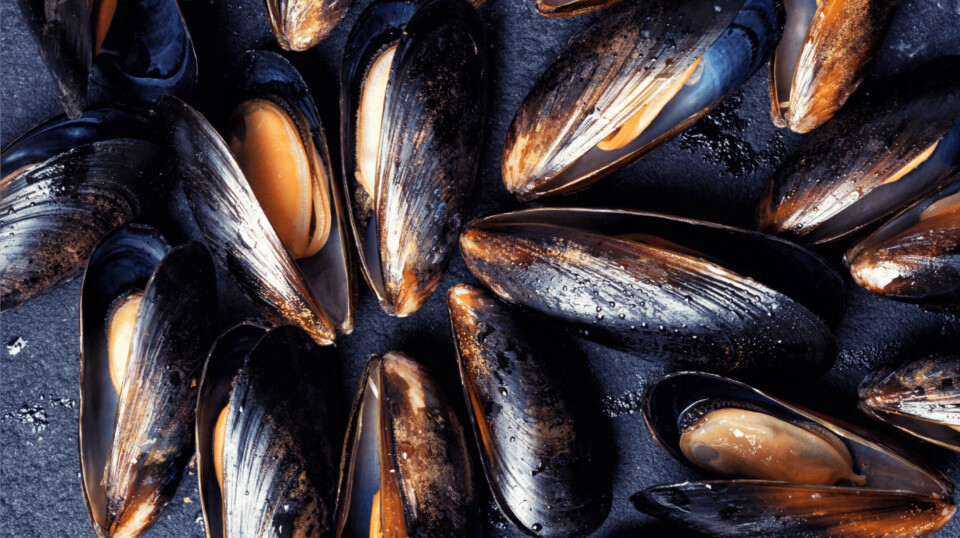
Mussel farm links may turn the tide for Scottish shellfish producers
Research results could inform site selection, stocking strategies, and management practices
Innovative new research by the University of Stirling’s Institute of Aquaculture (IoA) could help improve mussel farming practices and lead to increased production in Scotland, scientists say.
The blue mussel (Mytilus edulis) is an important sustainable way of producing a protein source. The rope-grown mussels filter their feed from the water and can improve water quality.
But raising spat (tiny, juvenile mussels) from seed has proved difficult, and farmers must instead rely on wild larvae settling on ropes on their farms. The industry has been facing low and inconsistent levels of larvae settlement and poor-quality spat, leading to variable production.
IoA scientists took samples from farms on Scotland’s west coast before carrying out genetic analysis. They discovered a significant and continuous genetic material exchange among populations within the study area, a primary south-to-north particle transport direction, and five genetic clusters.
Site selection
The researchers said these findings could help mussel farmers with site selection, stocking strategies, and management practices. This could lead to more consistent production and improved profitability for the mussel farming industry and contribute to the overall health and resilience of marine ecosystems in Scotland.

One important finding is that Scotland’s southwest coast is particularly important for growing mussel populations, as some areas act as net sources while areas further north are ‘sinks’ for mussel populations.
The mussel farm in Loch Eil, which belongs to the southern west coast cluster, serves as a source of larvae, while areas in the Outer Hebrides and northern west coast, such as the mussel farms in Loch Roag and Badcall Bay, act as sinks, receiving larvae from other locations.
Sink stocks play an important role in maintaining genetic diversity within a population, providing benefits such as increased resilience to environmental stresses, improved adaptability to changing conditions, and promoting the long-term survival of the population.
Healthy ecosystem
PhD researcher Ana Corrochano-Fraile said: “This is the first time that research like this has been done in Scottish waters. Understanding the connectivity among mussel populations and the roles of source and sink stocks is crucial for protecting mussel farming areas and ensuring that the mussel populations remain sustainable.
“This is important for maintaining a healthy marine ecosystem as mussels are a crucial part of the food chain and their decline can have cascading effects on other species.
“By identifying source and sink stocks, managers can implement measures to protect and maintain these areas to ensure the sustainability of mussel populations and the ecosystem as a whole.”
The paper Estimating blue mussel (Mytilus edulis) connectivity and settlement capacity in mid-latitude fjord regions was published in the journal Communications Biology.






















































